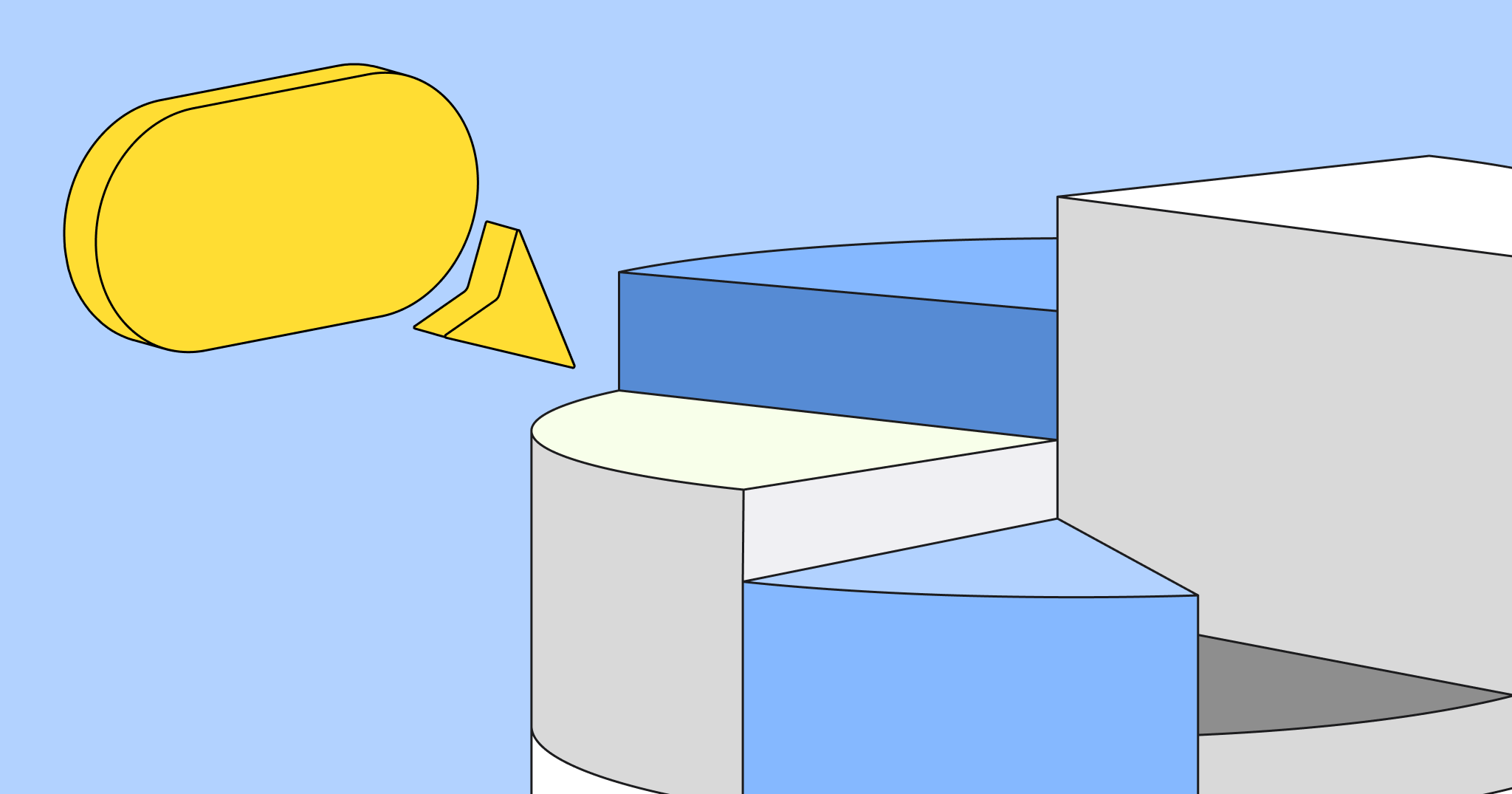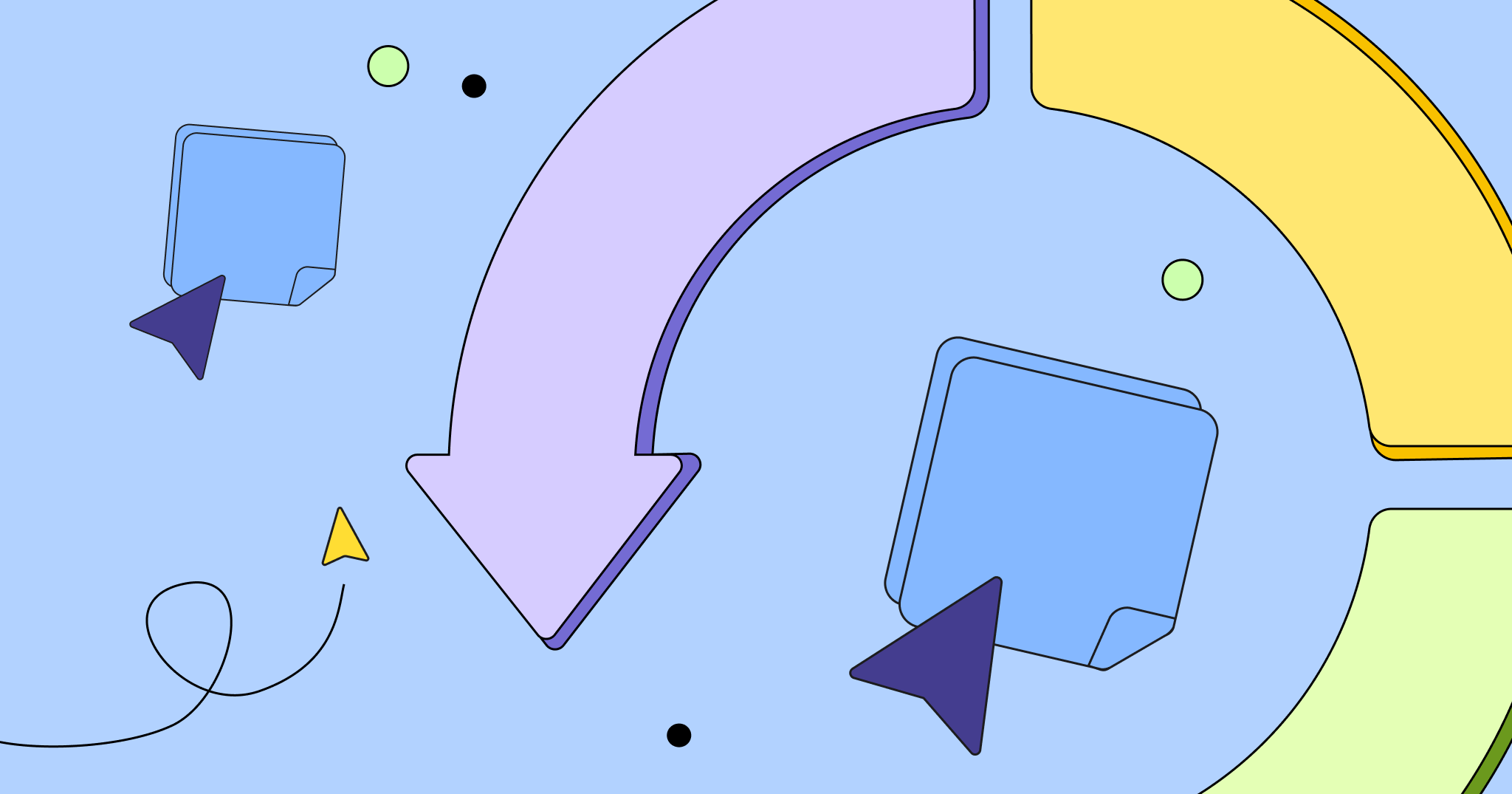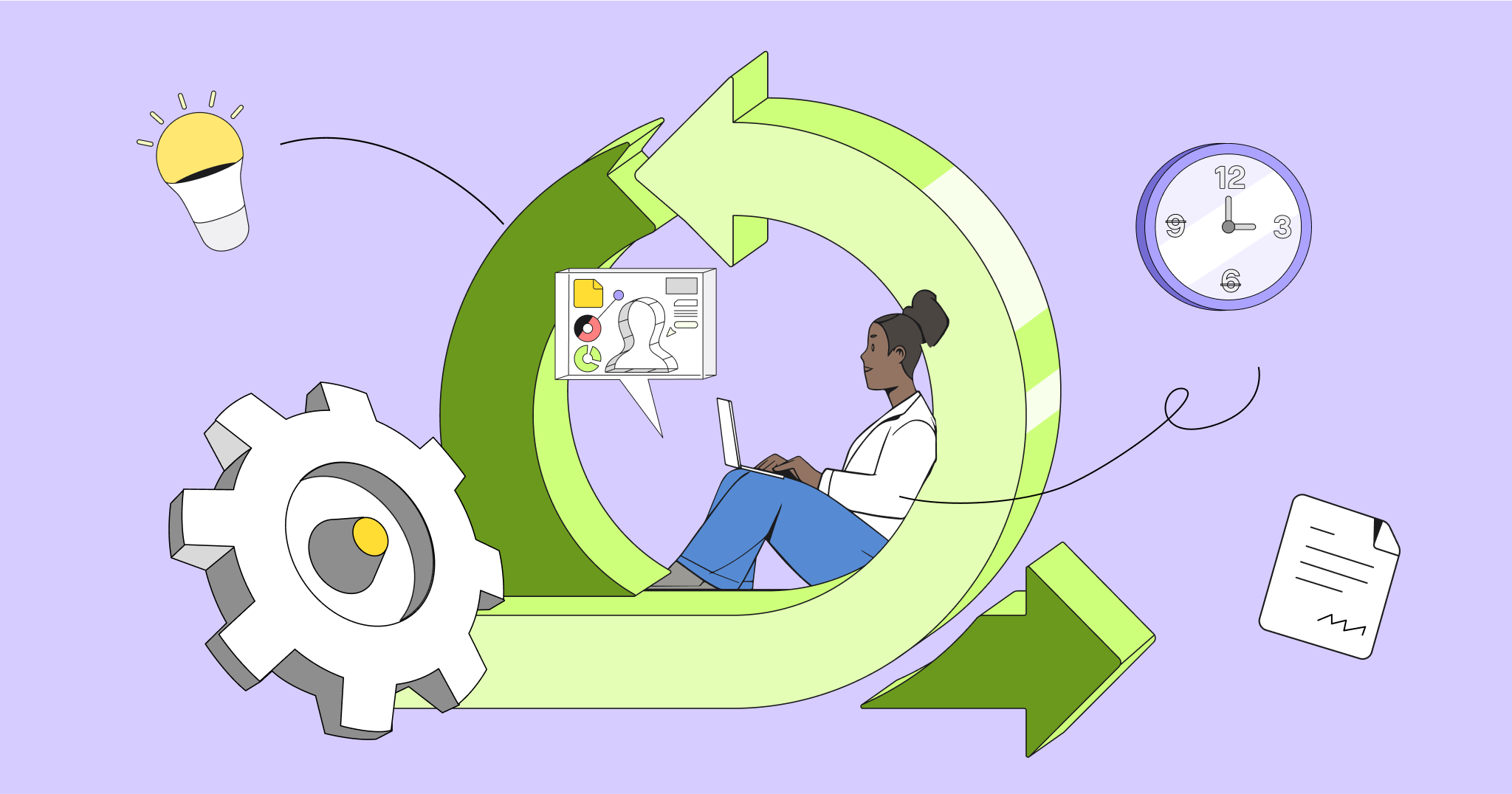Nowadays, we don’t have to be in the same space as our team to do our jobs. Instead, we use video conferencing and virtual meeting tools to stay in touch and collaborate across multiple locations.
When we meet face-to-face, it’s much easier to read each other’s intentions, emotions, and body language. How do you create a mindful, respectful environment when you’re remote? Here are some best practices, based on my experiences as a product designer at a 10-person company.
4 types of remote team meetings
At Frontìra, our biggest virtue is that we love to be in close contact with our clients, using Slack, email, and phone calls. That way, they know their project is important to us and they can track the progress, working together as one team. That’s why we rarely go through with a project with completely remote work. We always try to schedule personal meetings at important milestones.
Kickoff meeting with the client
The kickoff meeting is our first encounter with the client. We’re getting acquainted, so making a good impression is important. Since some of our team members teach at the best design universities in Budapest, our clients can sense their professionalism and rest assured that they’re in good hands.
Frontìra
is a strategic design firm whose goal is to make businesses more relevant, customer-centric, and ultimately, more human.
HQ: Budapest
Founders: Ákos Csertán, Judit Kertész
Fields of expertise: digital product and service design, product development, innovation strategy
Remote etiquette advice:
- Have proper equipment (software and hardware). Test your equipment to avoid hold-ups. Agree on the platform you’re going to be using. At Frontìra, we use Google Meet (a simplified Hangouts for scheduling video calls similar to Zoom). With its clean UI, it’s easy to set up – even for non-technical people.
- Schedule the meeting with the attendees’ convenience in mind. For example, Doodle allows participants to suggest possible dates, and everyone can vote for their preferred one. Google Meet generates a meeting link where every participant can join in their browser, without having to install any software on their computer, and it even adds the event to your Google Calendar.
- Ask for an RSVP. Fortunately, most tools do this for you. Contact all meeting participants and send them an agenda to keep meetings focused. Include every relevant document and topic of discussion.
- Be early. Show up prepared 5-10 minutes before the meeting starts.
Status update meeting with the client
After the project has started, we present results at various intervals as we work. Each of us is responsible for our own area of expertise.
Remote etiquette advice:
- Clear your desktop – If the client unexpectedly asks you to share your screen, don’t make them wait for you to close all of your personal tabs. Closing tabs can also help ensure that your video doesn’t lag.
Standup meetings
In this case, our priority is efficiency. Don’t hold each other up with unnecessary politeness. If everyone on the team is comfortable with each other, go ahead and break the ice with a joke. For example, my coworkers like to project my face onto the wall as a prank.
We’re a small team, from different areas. Standups give us an opportunity to get insight into the work of everyone else on the team, and polish our own skills. Since we each do a bit of everything, we need to coordinate closely with each other.
Remote etiquette advice:
- Dress properly. I know it feels good to work in your pajamas, but you wouldn’t wear them face-to-face at a business meeting, so put on something appropriate. Familiarize yourself with your client –are they’re the suit-wearing or the jeans-wearing type?
The ultimate guide to remote team meetings
Standup meetings with the remote developer team
My most important experience was working on our protect.me project. We had a standup with the external development team every day. In order to not take too much time out of the day, we limited the meetings to 20 minutes and just stepped into our office’s Skype booth.
Remote etiquette advice:
– Put your laptop on a shelf and speak standing up.
Standing is the position of the presenter – it will make you more confident and ensure that the meeting won’t go on for too long.
These quick standups worked because we came prepared every time and built a close relationship with the remote team.
7 rules for proper remote team meeting etiquette
For any type of online meeting you have, there are some high-level recommendations that can help you:
-
Sit in a well-lit room, facing a light source
To properly interface with people over video conference, they need to be able to see you, and that means finding a place with proper lighting so your face is visible. Make sure all of this is prepared before the meeting time. If your situation doesn’t allow this, it’s better to turn off the camera. -
Be aware of your surroundings
Try to be in a place where other people or pets don’t interfere. Minimize background noise by closing the window. Any sort of audio or visual background distraction can detract from the meeting. -
Whenever you’re not talking, mute the microphone
This way your meeting partners won’t hear your movements, coughs, breathing and white noise. Most tools have the ‘mute when not talking’ feature. -
Address people by name
Don’t forget that in multi-person remote meetings, people can’t tell when you’re looking at them. That’s why it’s important to clearly address whomever you’re speaking to each time you start to talk -
Don’t multitask
Multitasking by doing things like eating, drinking, or carrying on side conversations is rude to the other attendees. Make sure each speaker has your full attention. -
Properly point and distance the camera
For efficient human communication, eye contact and seeing each other’s facial expressions is essential. Don’t make people look up your nose or at the ceiling. -
Eye contact is important
I know it’s reassuring to look at our own image, especially at first. But in order to make the other person feel like you’re looking into their eyes, you have to look into the camera.
As a general rule of thumb, carry yourself as you would at an in-person meeting. If someone’s making any of these mistakes, or disrupting the meeting, don’t be afraid to politely point it out to them.
Sometimes you’ll have to join a meeting from a suboptimal environment like a cafe, hotel, airport, or conference. If there is too much noise or people are around you, try using headphones. If the internet is slow, sometimes it helps to turn the camera off and use only audio. If the internet is hopelessly gone, switching to phone on the loudspeaker can be your last resort.
Remote team building activities: the ultimate guide by Miro
Looking for a tool to align a remote team around a shared goal? Try Miro free
After the meeting
Make sure every person knows what their next task is and when it’s due. Send a follow-up to every participant, including meeting notes and what decisions were made. Say thanks –it’s basic etiquette and it lets the others know that you appreciate their work.
Meetings are often viewed as soul-crushing and time-consuming, but it doesn’t have to be that way. Keep them short, focused, and remember that you have another human being on the other side of the conference call. That’s why video conferencing etiquette is so important.
FAQs about remote team meeting etiquette
How do you engage remote meeting participants?
To keep team members engaged throughout a meeting, make sure to get everyone involved and address people by name ot ensure they’re paying attention. Planning activities that bring in every team member is a reliable way to boost engagement during meetings.
How do you conduct effective virtual meetings?
The key to running effective virtual meetings is to have an agenda and stick to it. Make sure someone is designated to lead the meeting, and try to keep things quick and focused so that people don’t lose interest.




